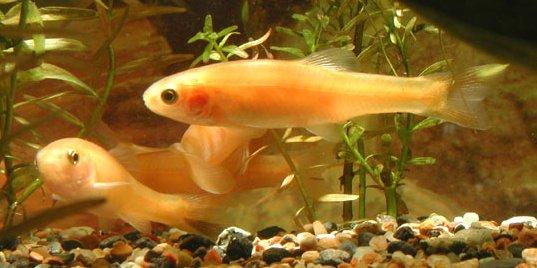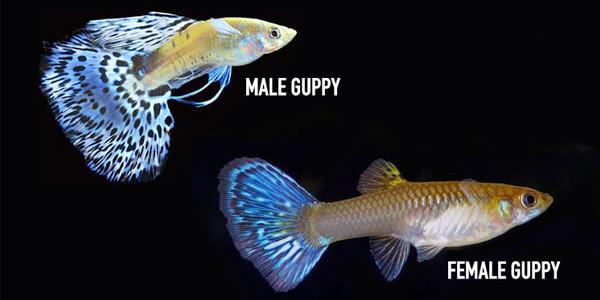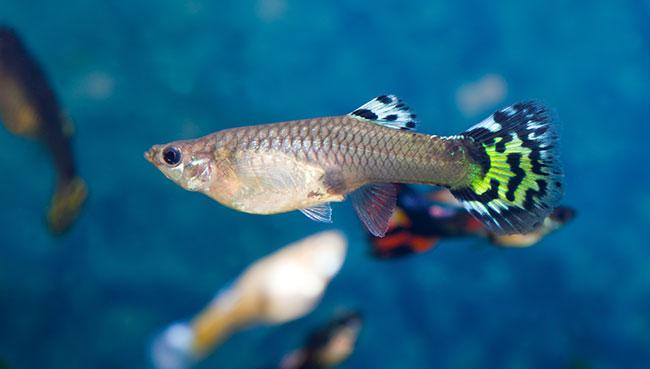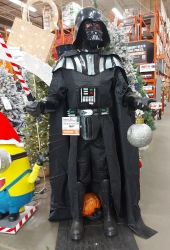
 19
19















 2
2








Invasive plants are Earth's way of insisting we notice her medicines. Stephen Herrod Buhner
Everyone learns what works by learning what doesn't work. Stephen Herrod Buhner




 3
3




Please give me your thoughts on my Affordable, double-paned earthbag window concept

















 4
4




"People get out your way, when you're on fire". Richard Prior




Rob Lineberger wrote:As someone who has raised fish for years and done large-scale and small-scale aquaponics, I agree 100% with everything you said. Some things I would add:
1) consider "peeponics" to kick start the tank. ie, add a cup of urine to the grow bed to start the nitrogen cycle.
2) Load up the tank with fish, or the plants will suffer.
Nice to see an aquaponics thread going. Looks good to me, I'm a fish keeper as well as as an APer (aquaponics person.) One thing I'm learning about recently that I'll add to the discussion on fish feed types. Since in aquaponics the fish feed also feed the plants it is important to look at what is in the feed. Does it have the minerals necessary to feed the plants. This is a bigger concern if you want to grow vegetables you can eat of course. Goldfish food for the most part is plant based with little protein and minerals here is an example from a quick search "Fish Meal, Ground Brown Rice, Torula Dried Yeast, Feeding Oat Meal, Shrimp Meal, Wheat Gluten, Soybean Oil, Fish Oil, Algae Meal, Sorbitol, Lecithin, L-Ascorbyl-2-Polyphosphate (Vitamin C). Artificial Colors Including Yellow 5, Red 3, And Blue 2. Ethoxyquin As A Preservative.
 1
1




"People get out your way, when you're on fire". Richard Prior




 1
1




Nicole Alderman wrote:One of my husband's co-workers just can't believe he's better without any meds. He was SO sick just a year ago. He couldn't walk, was pooping all day, anemic, having kidney failure, bleeding out his bottom, weak and tired. Now he's almost back to his pre-crohn's self, and off all of the meds. Good food does that!
Congratulations!
We are watching Ultimate Beastmaster games season three on Netflix and the American said he was diagnosed with Multiple Sclerosis and through diet he is able to compete one year later! I hope the audience hears what this really means and not just as a sympathy point. Listen up Americans, even though our medical professionals say we should give up and take drugs, there is actually hope. Yes, it is our diet that is torturing us! Grow your own food! "Hip hip horray," that accomplishment!
Your mention of the worms reminded me of when my husband and I were newly married, and he hadn't taken out the kitchen trash in weeks. One day he opened it up and found maggots. Maggots. I was totally grossed out. He, on the other hand, was super excited, saying, "Free fish food!"
"People get out your way, when you're on fire". Richard Prior
 5
5




Nicole Alderman wrote:

It's pretty and all that, but it also costs over $130, for a three gallon aquarium with a pump and some trays!
![Filename: img1.jpg
Description: DIY mini aquaponic filter from coffee dripper [Thumbnail for img1.jpg]](/t/84041/a/86164/img1.jpg)
![Filename: img2.jpg
Description: DIY mini aquaponic filter in flood tray [Thumbnail for img2.jpg]](/t/84041/a/86165/img2.jpg)
 4
4




![Filename: img3.jpg
Description: DIY mini aquaponic system - overview after 14 months, showing drain tube in action [Thumbnail for img3.jpg]](/t/84041/a/86199/img3.jpg)
 3
3




 3
3








Nicole Alderman wrote:I'll ask my husband when he gets home, but generally I think PetSmart and PetCo don't do a terribly good job of taking care of their fish. So, if you get fish from one of those places, they might have sicknesses, like Ick, that can infect your other fish. They also have a higher chance of dying.
 4
4




You'll have to either cycle the tank first or understock it and put in a pothos plant (leaves out of water, roots underwater) to take up the excess nitrogen. The guppies from PetSmart/PetCo will most likely have parasites. You'll have a better time if you just spend a bit extra and order a fancy trio from a reputable breeder. You won't need a heater unless your house regularly dips below 68ºF. And fancy filters are not worth the cost Jump to the professional stage and get a 3-dollar sponge filter. You can thank me later.
 2
2




Nicole Alderman wrote:My husband says,
You'll have to either cycle the tank first or understock it and put in a pothos plant (leaves out of water, roots underwater) to take up the excess nitrogen. The guppies from PetSmart/PetCo will most likely have parasites. You'll have a better time if you just spend a bit extra and order a fancy trio from a reputable breeder. You won't need a heater unless your house regularly dips below 68ºF. And fancy filters are not worth the cost Jump to the professional stage and get a 3-dollar sponge filter. You can thank me later.
 2
2




No point in crying if you havnt been trying
 3
3




 4
4





|
I think I'll just lie down here for a second. And ponder this tiny ad:
Switching from electric heat to a rocket mass heater reduces your carbon footprint as much as parking 7 cars
http://woodheat.net
|




